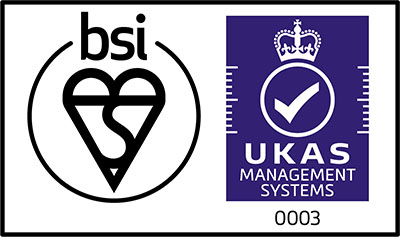Counterfeit electronic components are big business, often with links to organised crime. The global market for fake parts runs into the billions of dollars each year. And that’s before you get to the risks posed by non-conforming components entering PCB manufacturing and service.
Semiconductors, integrated circuits, programmable logic devices and transistors are the most commonly counterfeited components. And while some fakes are easy to spot through the quality of the packaging and labelling, others are more sophisticated.
Many counterfeit components flooded onto the market in the wake of Covid and the disruption to established supply chains. As well as outright fakes there’s also a grey market of used components that are repackaged and sold as new.
High-Reliability Markets
Safeguarding against counterfeit parts is an integral feature of manufacturing electronics assemblies for high-reliability markets.
Because electronics for high reliability markets have a higher cost than those in mass consumer markets, these are often the target for the more sophisticated counterfeiters. In 2024 a man was convicted in California for selling $3.5m worth of fake fan assemblies to the US military for use in nuclear submarines, missile guidance systems and other high-risk applications.
Ensuring that fake components don’t enter production is a never-ending task. Trizo has a highly controlled supply chain of authorised and trusted partners. Each of these is audited regularly to ensure that appropriate safeguards and quality assurance are in place.
Avoiding Counterfeit Electronics Through Planned Procurement
Continuity of supply is an important consideration. We plan procurement carefully to ensure we don’t rely on brokers, which is a common route for counterfeits to enter the market. Part, batch and serial numbers for every component are tracked right the way through the system as part of our total traceability regime.
Careful supply chain management is supported by rigorous testing and inspection (both optical and X-ray) to ensure that, if we did receive any non-conforming parts, they would be quickly identified and isolated to prevent them entering production. In the near future AI-assisted image recognition will almost certainly become part of the safeguarding process.
If you’re interested in learning more about modern electronics manufacturing for high-reliability markets access our free resource centre to find out more.
